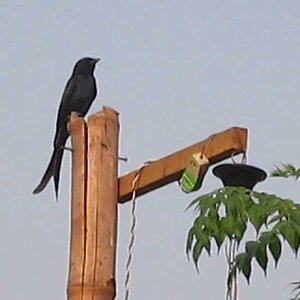Stobber
TPF Noob!
- Joined
- Sep 8, 2011
- Messages
- 67
- Reaction score
- 7
- Location
- Williston ND
- Can others edit my Photos
- Photos OK to edit
Hello, this last week on vacation I first started taking pictures in manual mode. I have only had my D3100 for a few weeks, and finally started playing around. I had allot of fun, and took allot of great shots. My only concern or problem I really had was that many of the shots seemed grainy. I am not sure what caused this, but am hoping the masses can help me out. Many pictures were fine, but many had the problem. Let me know what you think. Thanks in advance.
Here is one of the "affected" shots.

Here is one of the "affected" shots.






![[No title]](/data/xfmg/thumbnail/36/36302-6ee4929dfdf80290ffd73704693e860f.jpg?1734168631)


![[No title]](/data/xfmg/thumbnail/36/36303-10b1a386a9a00cf90fb7605d2d2c48c1.jpg?1734168634)




